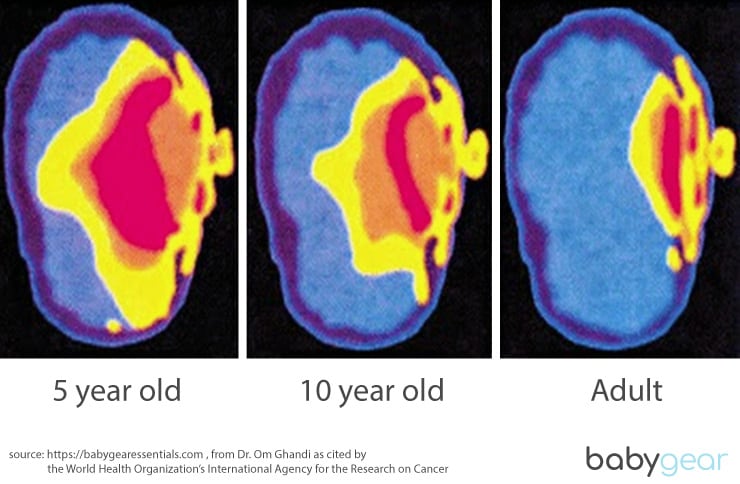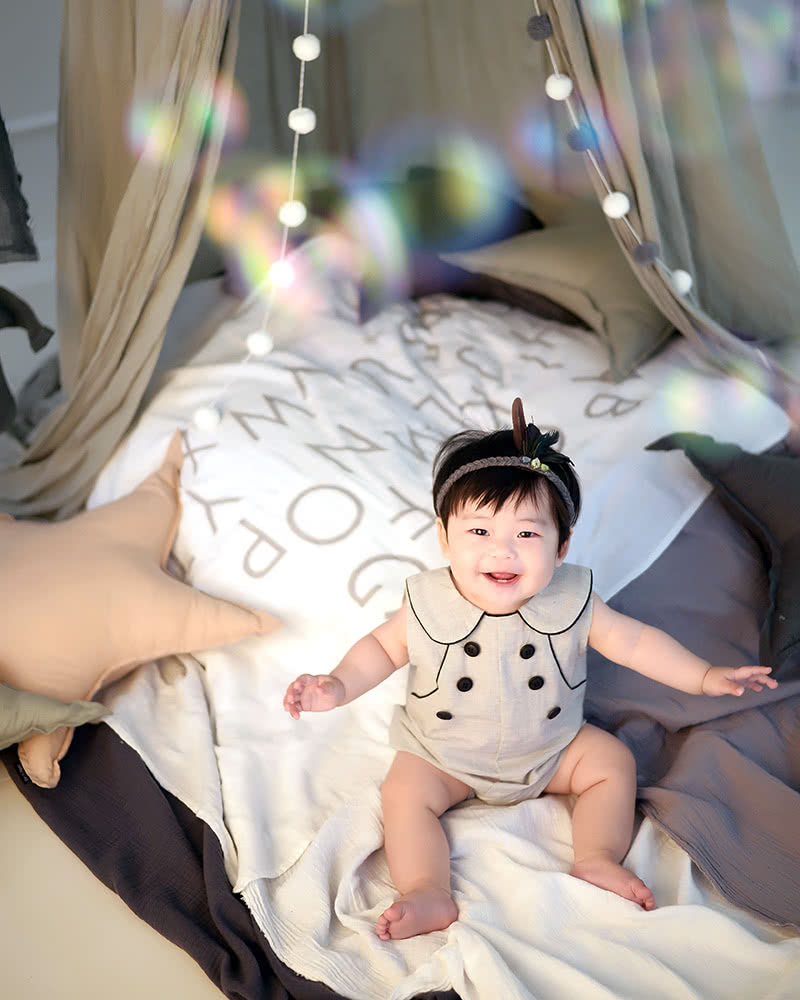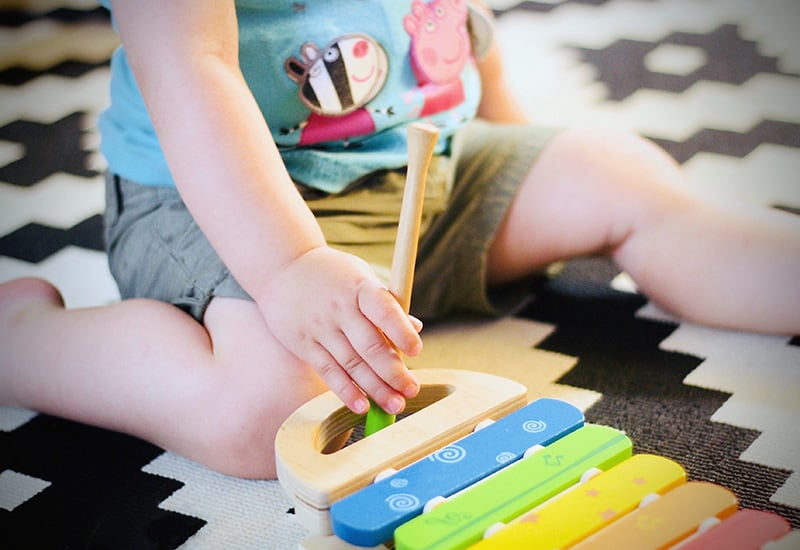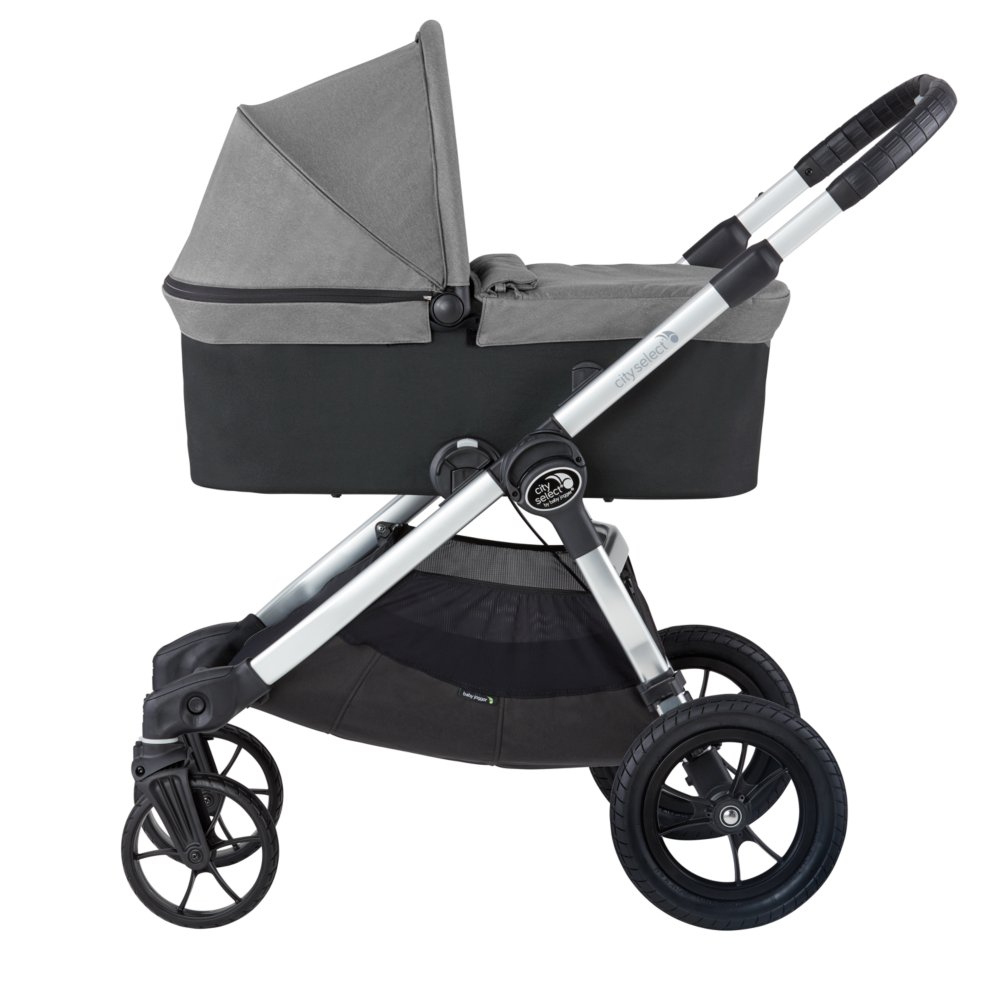Helpful note
There are two main categories of safety considerations that parents should take into account when buying a baby monitor:
- Health safety from electromagnetic exposure
- Hacking security from privacy intrusion
In this article, we will focus on the health safety aspect of a video monitor for your baby. We recommend that you also read our post on the potential hacking problems with some baby monitors to protect yourself against potential privacy intrusion.
As parents, it’s important to consider the potential dangers that some wireless baby monitors may pose to your baby’s health. Baby monitors and monitoring systems can be incredibly helpful to keep a watchful eye on your child and detect potential Sudden Infant Death Syndrome (SIDS). But the more features you include in your baby monitor, the higher the level of radiation your child will be exposed to.
This is why we recommend that, before purchasing your first baby monitor, you carefully consider the features that you truly require and look beyond the marketing lingo to decide what’s best for you. Some models might indeed broadcast concerning levels of radiation that could prove harmful to your baby over time.
Because the health and safety of your child are paramount, we include in Baby Gear’s in-depth reviews of the best baby monitors a health score to help you decide which monitor model is best for you and your child.

Can baby monitors cause health problems for babies?
Every baby monitor uses a range of radio frequencies to transmit audio and video signals from the monitor to the receptor. Different models of monitors will emit different ranges of radio frequencies, and some could indeed cause potential health hazards for your baby.
The International Agency for Research on Cancer (IARC), an organization that is part of the World Health Organization (WHO), declared in 2011 that all radio frequencies are a possible cause of cancer.
Most modern baby monitors use DECT or FHSS technologies that operate on frequencies ranging from 1.89 GHz to 2.4 GHz. These are the same electromagnetic frequencies (EMF) that microwaves and WiFi routers use and there are concerns about the high levels of radiation that these devices are emitting.
Baby monitors with an ongoing video signal, in particular, operate by constantly emitting strong bursts of microwave radiations when powered on. These bursts can take place up to 100 times per second, even when placed in standby mode.
What are the dangers and health side effects of baby monitors?
A baby’s skull is thinner to allow its continued growth and the development of the brain until about the age of 20 when they are considered to be fully developed. Hence, a child’s brain is very sensitive to the effects of electromagnetic radiation during these formative years.
The image below illustrates how electromagnetic radiations are absorbed in a child’s head versus a 10-year-old and an adult when placed next to a mobile phone.
Children absorb 10 times more microwave radiations than adults:[1]

As a baby’s brain is developing very rapidly, even small exposures to electromagnetic frequencies can have significant long-term impacts. Some of the possible dangers and side effects of exposure to elevated levels of electromagnetic radiation include:
- Incomplete or problematic development of the brain ;
- Disruption of a baby’s sleep cycle ;
- Negative impact on the immune system ;
- Negative impact on the reproductive system.
These side effects are amplified for babies whose brain and body are rapidly developing.
A 2012 study by Dr. Andrew Goldsworthy, a former lecturer at Imperial College London, found that there has been a 60-fold increase in autistic spectrum disorders (ASD) in recent years. This increase, according to the study, can only be explained by changes in our environment.
Because mobile phones, WiFi routers, and low-frequency fields from domestic appliances are increasingly present in our lives, we are now more exposed to electromagnetic radiations than ever before.
It is thus important to holistically consider the environment in which you will place your baby monitor.
How can you protect your child from baby monitor radiations?
There are two important factors that can reduce the risks caused by the high level of radiations emitted by baby monitors:
- Opt for a low-frequency monitor
- Place the monitor at a safe distance from your baby’s bed
Low-frequency RF video monitors
Try to opt for a baby monitor that emits only on low-band frequencies (35 to 50 MHz). These low-frequency monitors use analog frequency modulation (like an FM radio) that does not pulse with bursts of radiations.
But, there’s a trade-off. The lower emission monitors are safer, but their signal quality is also lower, which can cause a few issues, namely:
- Audio and video quality may not be as clear
- The signal quality weakens rapidly and doesn’t work well across walls
- There’ll be less interactive features available, such as two-way voice communication or music triggering
The good news is that some of the latest digital baby monitor models now allow you to switch from low-frequency audio to high-frequency video depending on your needs of the moment and can be voice-activated so you only use the higher frequency when needed. See our review of the Eufy SpaceView or the VAVA baby monitor for example, winners in their category.
Baby monitor safety distance from the cot
In addition, it is recommended that you place a wireless baby monitor at least 6 foot / 1.8 meters away from your baby’s cot. Research on digital cordless baby monitors shows that monitors placed less than 3.2 foot / 1 meter away from a baby’s crib emit almost the same level of radiations as a cell phone tower 500 foot / 150 meters away.[2]
See our article on the best place to install your baby monitor for more tips.

Are there safe baby monitor models available?
Well, to be completely safe you would need to only rely on your own eyes and ears. But also shield your child away from every other radio and electromagnetic frequencies in your environment. No more WiFi, cell phone, or microwave.
But that’s not very practical. And for most parents, a baby monitor will be incredibly helpful to keep a watchful eye on their child while taking care of other things around the house.
If you are concerned and want the lowest level of interferences possible, you should explore low-emission baby monitor models. These monitors come in two categories:
- Low-emission analog baby monitors: these are the absolute lowest level of emissions possible. Analog monitors use the 49 MHz frequency band, which also means that they can only transmit sound, not video.
- Low-emission digital baby monitors: these offer a solid alternative to analog monitors with a frequency that varies between 1.89 GHz and 2.4 GHz. Some recent digital monitors now offer the option to tone down the level of electromagnetic frequencies by using voice-activated features. This is the case with the Eufy SpaceView or the VAVA baby monitor mentioned above.
Bottom line: Opt for the lowest emission possible with the features that you need
Because your baby’s health is paramount, you should buy a baby monitor that provides you with the essential features that you require at the lowest frequency level possible.
If you have serious concerns that your child might be affected by a possible Sudden Infant Death Syndrome or other similar conditions, you should speak to your doctor but a model that tracks heartbeat and breathing is probably indicated (see the Nanit Plus monitoring system or the Owlet Smart Sock + Cam for example).
Otherwise, consider the distance of your child’s bedroom from where you’ll often be when using your baby monitor. Are there several walls? Does the signal need to be powerful? If not, opt for a lower-emission model instead.
You need to be careful when selecting your baby monitor, however, as low-frequency monitors can sometimes trade-off safety for signal quality. And a monitor that doesn’t provide you with an audio or video feed is useless.

Bonus: most frequently asked questions about baby monitor safety
Are voice-activated digital baby monitor the best option?
Voice-activated baby monitors can provide the best of both worlds. Their default mode should be at a low frequency to only transmit audio, but then automatically switch to a video feed if your baby starts crying.
These models greatly reduce unnecessary constant exposure to electromagnetic radiation. However, not all voice-activated models are alike. Some models are completely turning off their high frequency, but others are just cutting the background noise while still transmitting on high radio frequencies.
What does it mean that the transmitter must not be co-located with another wireless device?
You’ll see in most baby monitor manufacturer’s user manuals that the monitor should not be co-located with another wireless device. This means that you should not place a WiFi router, for example, in close distance from the monitor.
When testing for the level of electromagnetic radiation emitted from a monitor, experts measure them in isolation. Taken alone, most baby monitors are relatively safe as long as you respect the other health and safety recommendations. But if you have other devices that are also emitting on electromagnetic frequencies, the radiation limit could exceed the recommended limit as they will be absorbed cumulatively by your child.
- The Effect of Head size on SAR for Mobile Telephones AT 835 and 1900MHz, by Dr. Om Ghandi and Kang G, 1996.
- Digital Cordless Baby Monitors, by Alasdair and Jean Philips.


